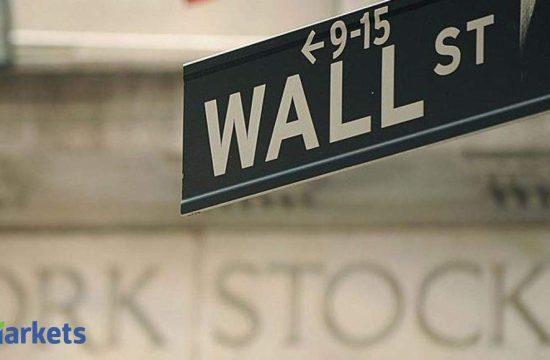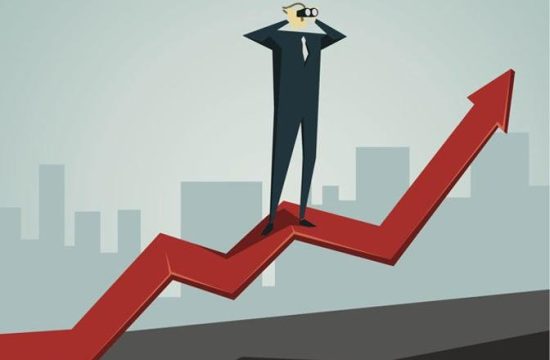
A worker wearing a protective mask adjusts a torque wrench inside the service area at a Harley-Davidson dealership in Oakland, California, on Thursday, July 16, 2020.
David Paul Morris | Bloomberg | Getty Images
The dark side of good earnings: Companies are talking about turning “furloughs” into permanent layoffs.
You knew this was coming. It’s been a very strange earnings season. Analysts dramatically underestimated earnings for a good part of the market, particularly industrials, financials, and many technology stocks.
The average company beat analyst estimates by 22% — way above the historic norm of a 3% beat. But top-line revenue beat by only 1%.
The huge disparity between topline and bottom-line can be explained simply. Companies have gone on a dramatic cost-cutting initiative, far in excess of analyst expectations, that have significantly boosted bottom-line returns.
The good news is if and when the economy recovers and revenue growth returns, corporate profits will be even stronger.
The bad news is a lot of people are going to get laid off.
Travel reductions and lower rent
Cost cutting is taking many forms, but two of the most obvious have been reductions in travel and lower rent, both of which are becoming permanent.
S&P Global‘s CFO, in the recent conference call, spoke of a “permanent element to our travel reduction.”
The CEO of Fortive, an industrial company, echoed the same sentiment, noting they are attempting to permanently reduce travel expenses because “We just don’t need to necessarily make the trips that we’ve historically made.”
Harmit Singh, the executive VP & CFO of jeans maker Levi Strauss, is also expecting big savings from lower rents: “[W]e are looking at structuring our rentals or our leases that we currently have more favorably over the next few years.”
Furloughs started temporary but becoming permanent
The most glaring example of cost cutting is the temporary job “furloughs” in many cases morphing into permanent layoffs.
The CEO of C.H. Robinson, a transportation company, said about half of their furloughs are now permanent headcount reductions.
William Christopher Wellborn, the COO of Mohawk Industries, said “We have made permanent staffing reductions to reduce our fixed cost and align with current demand.”
The CFO of Textron, another industrial, and the CEO of Stanley Black & Decker, both said temporary salaried layoffs have converted into permanent reductions.
Spirit AeroSystems‘ CEO said they were making the layoffs of thousands permanent after the Boeing/Airbus cuts.
Disconnect between Wall Street and Main Street
Unfortunately, these permanent cost cutting initiatives are only going to widen the disconnect between Wall Street and Main Street — the belief that the stock market is either disconnected from reality or that it is a quiet cheerleader for layoffs because it will boost the corporate bottom line.
“We saw companies being very explicit about layoffs and other cost reductions becoming permanent during the latest earnings season,” said Nick Mazing, Head of Research at Sentieo. “These cost decisions will have negative effects on employment downstream, too: lower business travel means less demand for hotels, dining, flights, and so on.”
The rally is not a mystery
Knowing this, it’s not a mystery why stocks have been mostly rallying in this earnings season. Investors believe that thanks to drastic cost cutting companies are going to use technology to get leaner and when revenue growth returns earnings are going to be even stronger.
Wall Street has a wonderfully neutral term to describe this phenomenon: “operating leverage.”
The good news is investors are reaping the benefits, and may even continue to do so.
“Wall Street analysts dramatically underestimated earnings leverage in Q2 and are being very cautious in revising their estimates for the rest of 2020, all of which points to further upside revisions to come,” Nicholas Colas of DataTrek said in a recent note to clients.
The bad news is employees are getting pink slips left and right.
(Transcripts provided by Sentieo.)






